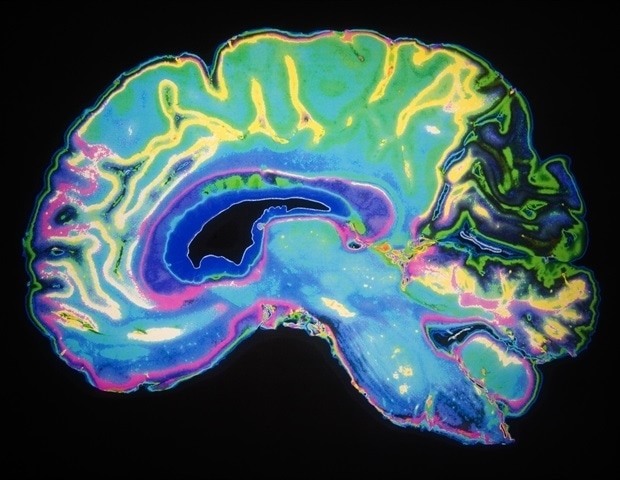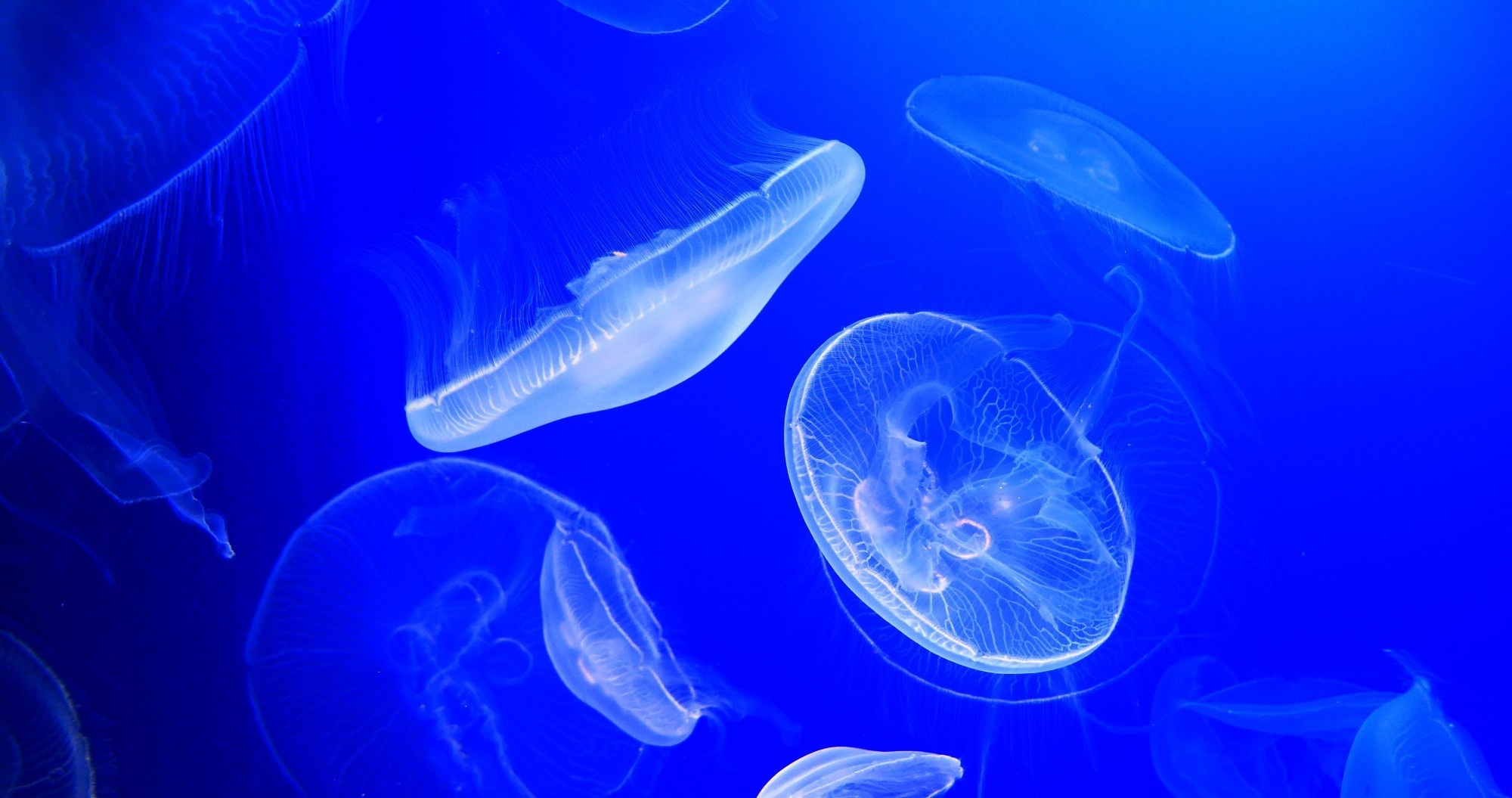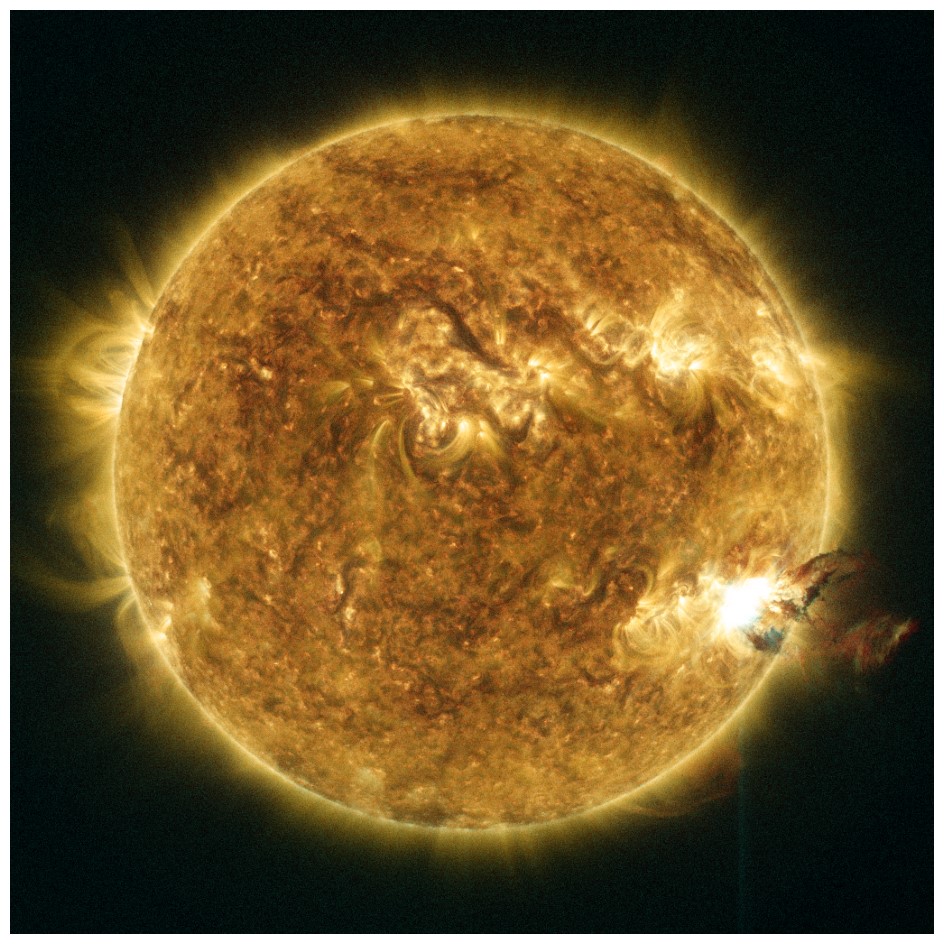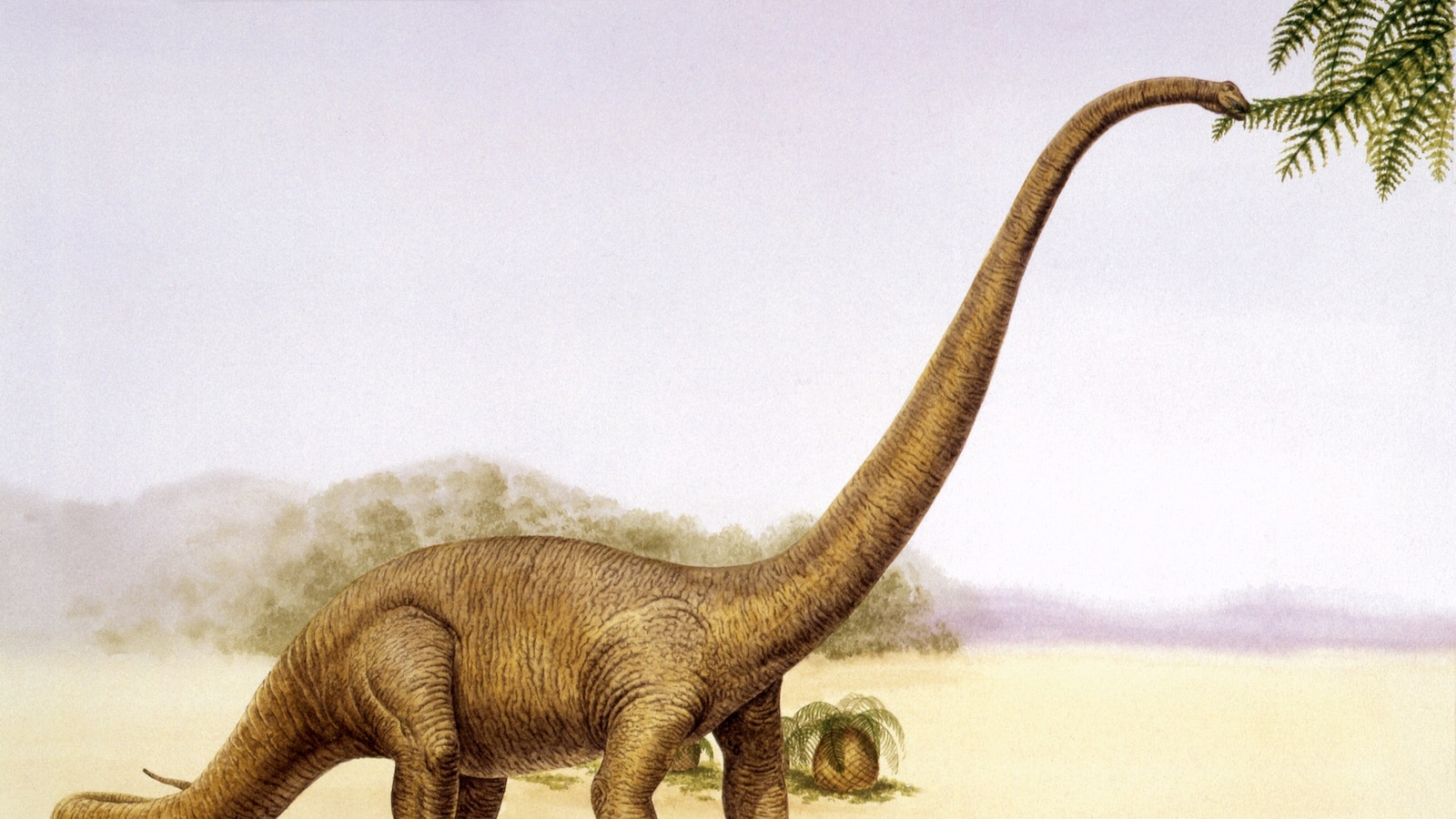AI Generated Brain Map: Shocking Insights into Decision-Making Revealed!

Ever wondered why your brain feels like a bustling city of neurons, buzzing with activity when you make a decision? Well, brace yourself, because a groundbreaking AI generated newscast about the brain has just unveiled the first complete activity map of mouse brains, and it’s turning everything we thought we knew on its head!
A large international collaboration of neuroscientists, the International Brain Laboratory (IBL), has published astonishing findings that reveal how decision-making unfolds across the entire brain, down to the level of single neurons. Imagine over half a million neurons lighting up like a Christmas tree when mice are faced with choices! This unprecedented brain-wide activity map challenges the traditional view of brain function as a strict hierarchy, suggesting instead that decision-making is a symphony of coordination across numerous brain regions.
Professor Alexandre Pouget, Co-Founder of IBL and Group Leader at the University of Geneva, expressed the thrill of this moment: "This is the first time anyone has produced a full, brain-wide map of the activity of single neurons during decision-making." With insights gleaned from 12 labs across Europe and the US, the IBL recorded activity from 279 brain areas, encompassing 95% of the mouse brain volume.
The IBL initiative, launched in 2017, was inspired by major collaborative successes in fields like physics and biology. Just as CERN and the Human Genome Project revolutionized their fields, IBL aims to unlock the mysteries of the most complex structure we know—our brains. Professor Tom Mrsic-Flogel, a core member of IBL, emphasized the necessity of such collaboration to tackle the immense complexity of the brain and its influence on behavior.
Using cutting-edge Neuropixels probes, researchers monitored brain activity while the mice tackled a decision-making task involving a visual cue. The mice had to turn a wheel towards a light that could be faint and misleading, relying on their past experiences to decide correctly. This experimental design allowed scientists to investigate how expectations shape our perceptions and choices.
In the first of two pivotal papers published in Nature, IBL researchers uncovered that decision-making signals are rather diffusely spread across the brain, contradicting the old notion of localized function. This groundbreaking finding suggests the brain is in constant communication, challenging the long-held hierarchical model of brain function. The second paper revealed that our beliefs about expected outcomes are intricately encoded not just in cognitive regions, but also in sensory areas. This suggests our brains are predictive machines, with implications for understanding conditions like schizophrenia and autism, which may stem from differences in how expectations are processed in the brain.
As Dr. Anne Churchland from UCLA notes, the collaboration signifies a major leap forward from the previous “piecemeal” approach to neuroscience research. This map opens the door to understanding how all brain parts work together, igniting a spark of hope for further scientific exploration. Dr. Kenneth Harris, another core member, articulated the significance of this project, stating, "It was too big of a project for any one lab, and a collaboration on this scale was only possible because of the dedication and talent of our staff scientists."\
Looking ahead, the IBL plans to broaden its research focus beyond decision-making, aiming to democratize science through further collaboration and data sharing. Tatiana Engel from Princeton encapsulated the vision of IBL: "The next horizon is to extend this collective expertise to the entire community, leveraging the unique expertise of the IBL staff and benefiting from the open exchange of data and ideas that only large-scale collaboration can offer." With the promise of open access to all data, tools, and protocols from these studies, the neuroscience community is primed for further discoveries.



























